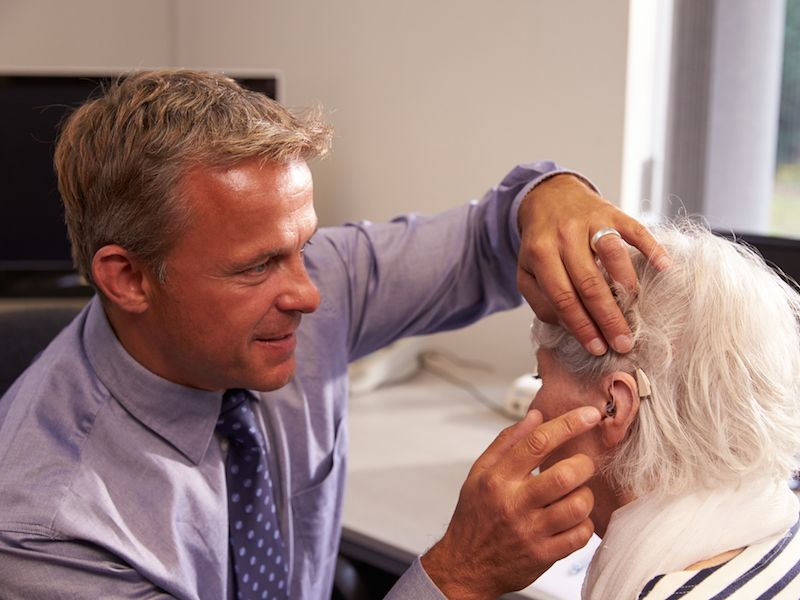
The numbers don’t lie: at some time in your life, you’re probably going to need a hearing aid. A quarter of all people from 60 to 75, according to an NIDCD study, have loss of hearing and for individuals over 75 this number increases to 50%. But how can you be sure which model is right for you when you recognize it’s your best chance of combating hearing loss? Hearing aids used to have problems like vulnerability to water damage and unwanted background noise but cutting-edge hearing aids have resolved these kinds of issues. But to ensure your choice of hearing aid is correct for you, there are still things you need to consider.
Directionality is a Crucial Feature
Directionality is one essential function you should look for, which has the capability of keeping background noise to a minimum while focusing in on noise you want to hear such as conversations. One, or both, of two directionality systems are functioning inside most hearing aids, they either focus on sound directly in front of you, or they focus on sound coming from different speakers and sometimes do both.
Will Your Hearing Aid Interact With Your Phone?
It’s become obvious, we’re addicted to our phone as a country. Even if you don’t have a smartphone, chances are you have a flip phone. And for those few who don’t actually have a cell phone, you likely still have a land-line. So, when you’re trying out different hearing aids, you will want to see how they work with your phone. How does it sound? Are you capable of discerning voices plainly? Is it Comfortable? Is it Bluetooth Ready? When shopping for new hearing aids, you need to consider all of these.
Are You Likely to Wear it?
As noted above, hearing aid development has advanced tremendously over the last few years. One of those advances has been the size and shape of hearing aids, which are a lot smaller nowadays. But there are certainly pros and cons. A more compact hearing aid may not be as powerful as a larger one, so it really depends on your hearing professional’s recommendation and what you need to accomplish with your hearing aid. The little models won’t have the features of the larger models and they may get clogged with earwax but they do fit inside your ears almost invisibly. On the other hand, better directionality features and more sophisticated sound amplification options come with a behind the ear hearing aid even though it’s a little bit larger.
Exposure to Particular Background Sounds
One of the leading concerns since hearing aid technology has been invented has been wind noise and the havoc it wreaks on users. Being outside on a windy day with a traditional hearing aid once meant that you couldn’t hear anything but the wind, which is could drive anyone nuts. you live in a windy area or if you’re an outdoor kind of person so you’ll want to get a hearing aid that suppresses wind noise so you can carry on conversations at an average volume and avoid the headaches that are linked to hearing aid wind noises. Searching for more information about how to choose the right hearing aid? Get in touch with us.
